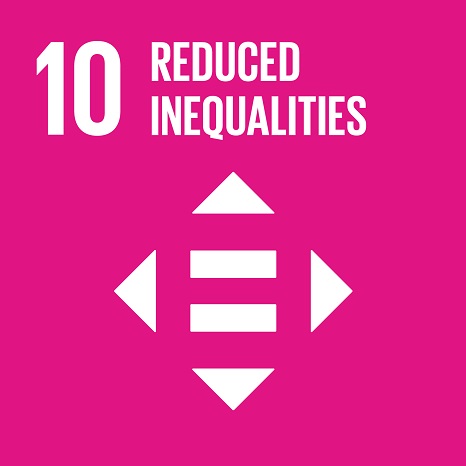Ciência_Iscte
Publications
Publication Detailed Description
Imagined and extended contact experiences and adolescent bystanders’ behavioral intentions in homophobic bullying episodes
Journal Title
Aggressive Behavior
Year (definitive publication)
2023
Language
English
Country
United States of America
More Information
Web of Science®
Scopus
Google Scholar
This publication is not indexed in Overton
Abstract
Bystanders’ helping interventions in bias-based bullying are rare, although they have the potential to intervene on behalf of the victim and quickly stop the aggression. Two studies tested, experimentally, the impact of adolescents' imagined (Study 1, N = 113, Mage = 16.17) and extended contact experiences (Study 2, N = 174, Mage =15.79) on assertive bystanders’ behavioral intentions in the context of homophobic bullying, an under- researched but highly detrimental behavior that emerges mainly during early adolescence (Espelage et al., 2018). Potential mediators (empathic concern, social contagion concerns, and masculinity/femininity threat) were also examined. Results showed that female younger participants revealed more behavioral intentions to help victims of homophobic bullying, when asked to imagine an interaction with an outgroup member (Study 1). Younger participants revealed less masculinity/femininity threat in the positive extended contact condition, and female participants revealed less empathic concern in the negative extended contact condition (Study 2). Overall, these findings identify specific conditions (e.g., younger female) where indirect contact interventions (i.e., extended and imagined) are likely to have a stronger impact. Age and sex differences found illustrate how adolescents vary in their behavioral intentions, empathic concern and threat; and also highlight the need to further examine age and sex differences regarding responses to homophobic bullying episodes.
Acknowledgements
--
Keywords
Bystanders,Extended contact,Homophobic bullying,Imagined contact
Fields of Science and Technology Classification
- Psychology - Social Sciences
Funding Records
| Funding Reference | Funding Entity |
|---|---|
| PD/BD/114000/2015 | Fundação para a Ciência e a Tecnologia |
Contributions to the Sustainable Development Goals of the United Nations
With the objective to increase the research activity directed towards the achievement of the United Nations 2030 Sustainable Development Goals, the possibility of associating scientific publications with the Sustainable Development Goals is now available in Ciência_Iscte. These are the Sustainable Development Goals identified by the author(s) for this publication. For more detailed information on the Sustainable Development Goals, click here.

 Português
Português



